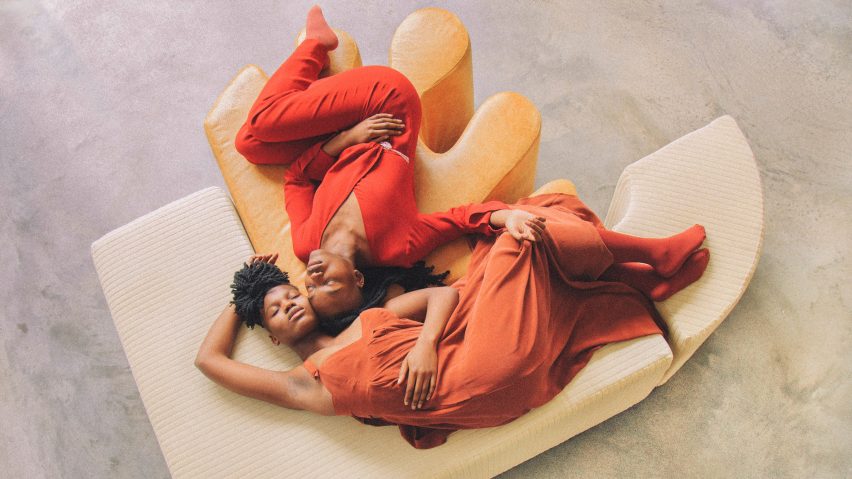
10 designers to watch from Milan design week
While Milan design week brings the industry's biggest names together, it also provides a platform for some of the most promising emerging designers. Dezeen's design editor Alice Morby picks 10 to watch out for.
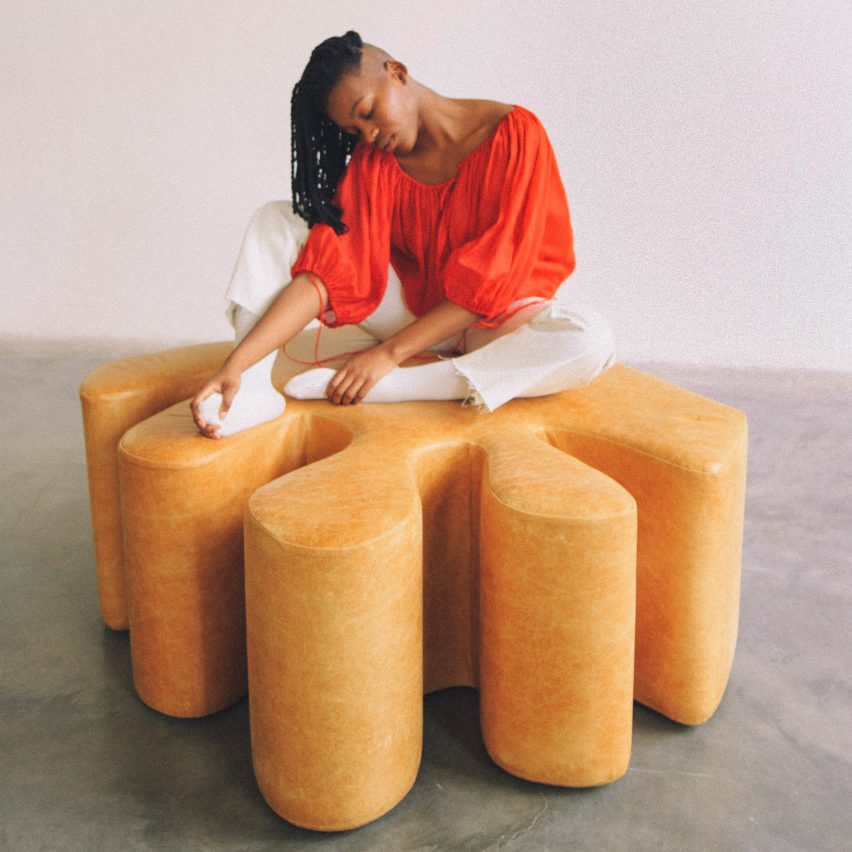
Kusheda Mensah
Kusheda Mensah presented her range of modular furniture at Salone Satellite – the section of Milan's Salone del Mobile fair where young designers are represented.
The London-based designer wants her furniture to tackle what she feels is a lack of interaction, brought about by our reliance on social media. Each piece is made to encourage conversation between two sitters, meaning that they have to face each other whilst reclining and relaxing.
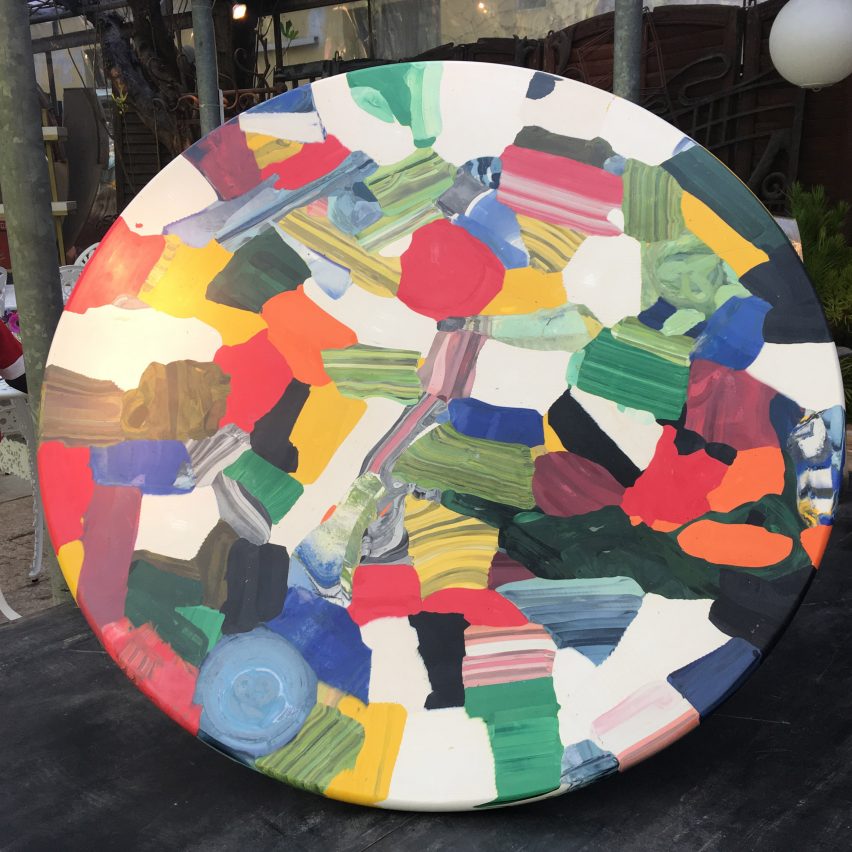
Dirk Vander Kooij
Although not a new name on the scene, Dirk Vander Kooij was given maximum visibility at this year's design week, as he took centre-stage in the garden space at Rossana Orlandi's gallery.
His work, which sees robots print items from recycled plastic, chimes in with Orlandi's new project aimed at changing the perception of plastic and ensuring the material is used responsibly.
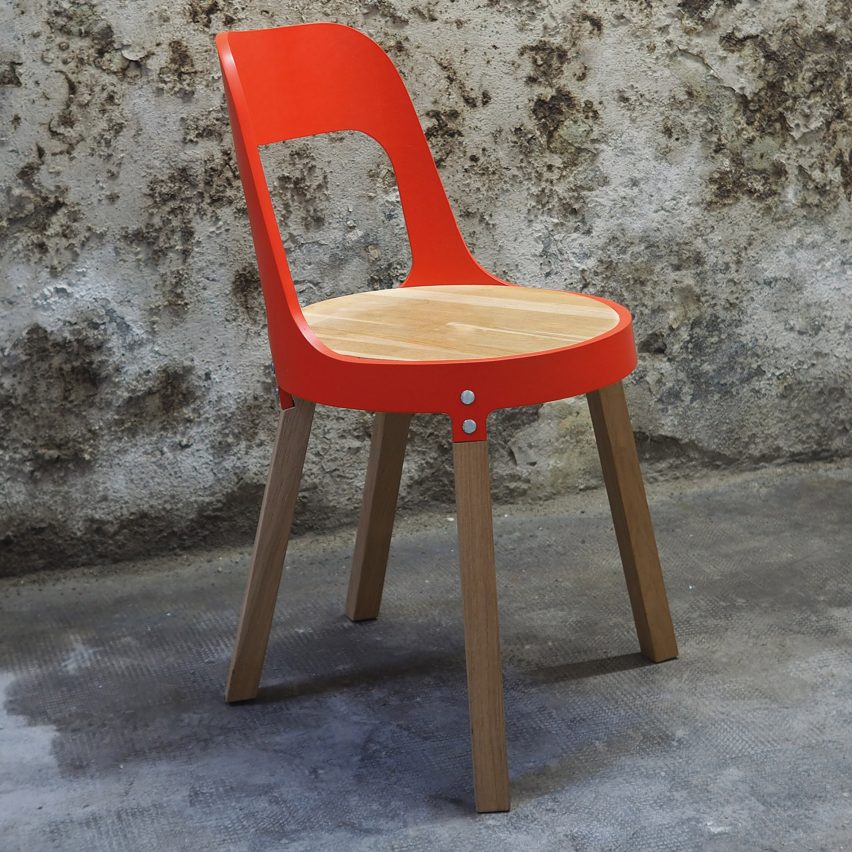
Christophe Machet
Royal College of Art graduate Christophe Machet, was among a group of designers presenting at the Alcova exhibition. Against the backdrop of an old panettone factory, he presented a range of chairs that he had made from sewage pipes.
"I like to find poor, unsexy materials and find a way to turn it into more interesting," Machet told Dezeen. "This PVC sewage pipe is an interesting material because it is made to be cheap and very durable and to last for decades."
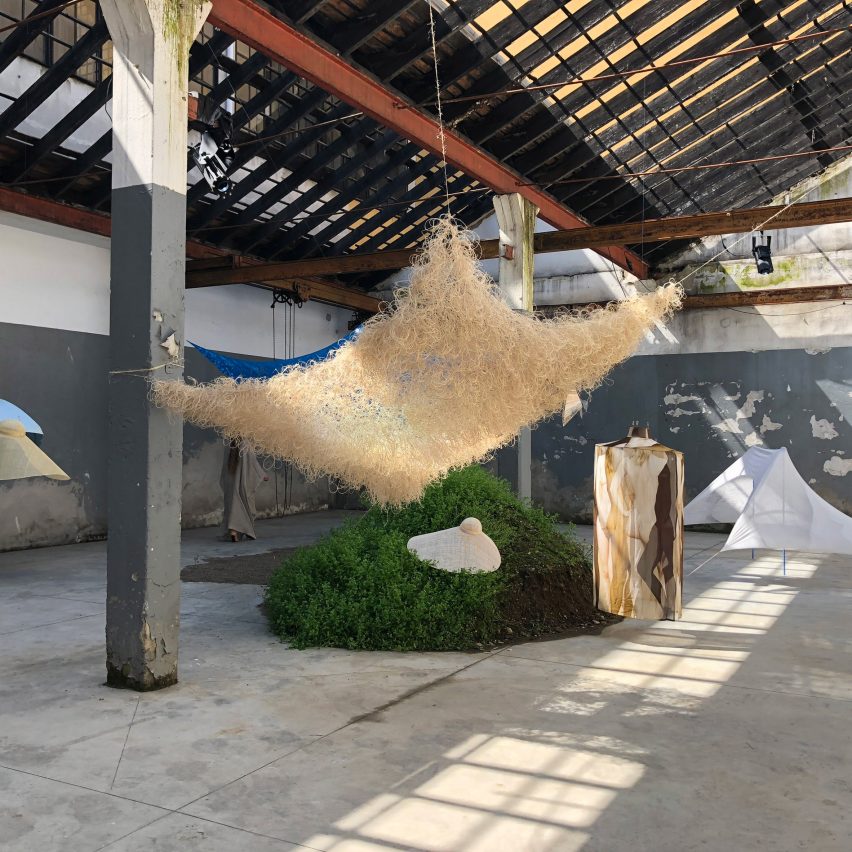
Bélen
Dutch studio Bélen – set up by designers Brecht Duijf and Lenneke Langenhuijsen – also presented at Alcova, showing their new Sun+ project.
The designers began the project as a research into sun protection, seeking a "future proof relationship between human and the sun". Their collection presented textile-based replacements of sunscreen cremes and polyester sunshades.
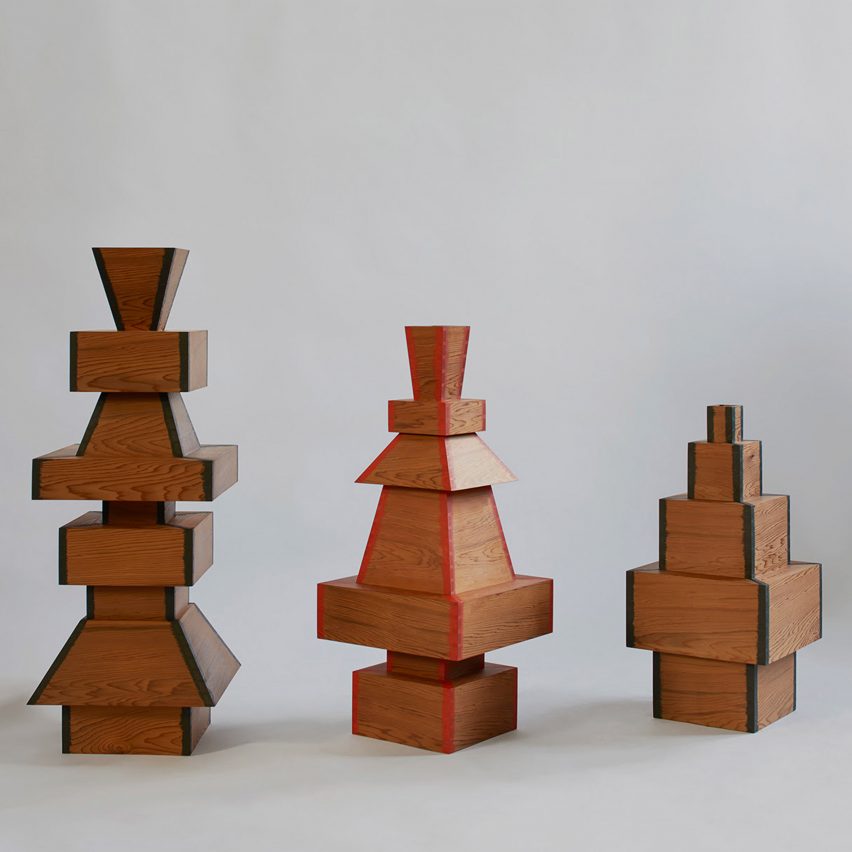
Rio Kobayashi
London-based designer Rio Kobayashi presented his new pieces as part of the U-Joints exhibition – one of the most talked about shows at this year's design week.
The show explored all different kinds of joinery, from historical examples and traditional methods, to new and more conceptual ways of connecting components together. Kobayashi showed his totem-like wooden sculptural vases, which featured intricate Japanese joinery techniques.
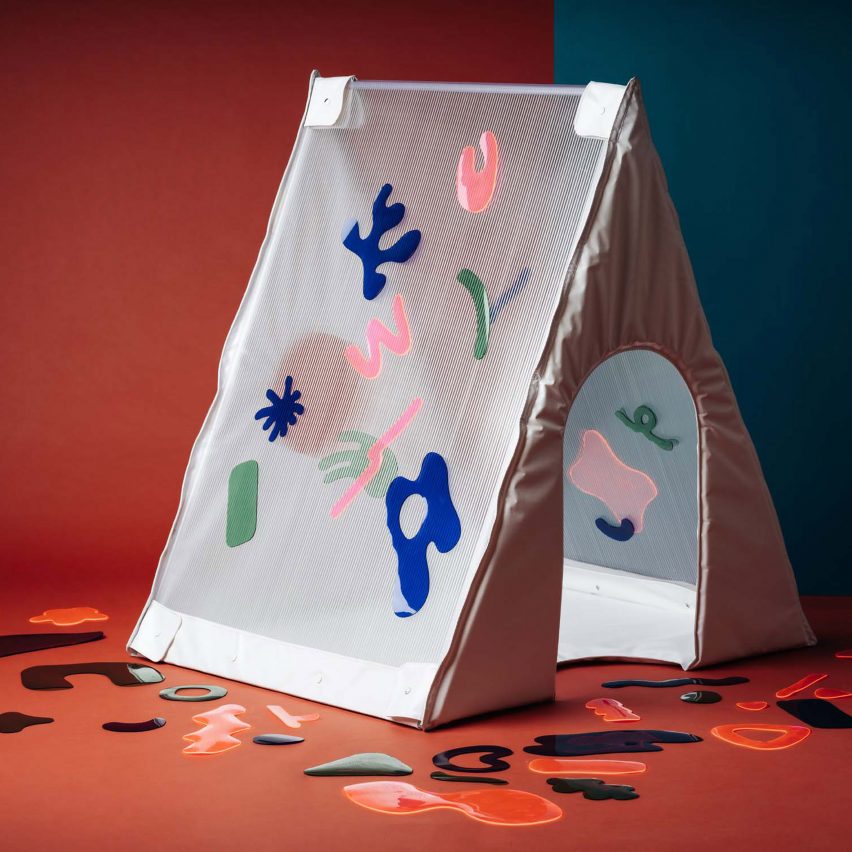
Olivia Lee
Singaporean designer Olivia Lee was also at the Satellite section of the fair. Here, she showed a collection of interactive children's furniture, which is designed to help parents find a quick way to deter their kids from iPads and computers.
The project follows on from Lee's Athena collection of furniture and accessories, which aimed to solve some of the problems created by the presence of new technologies in our homes.
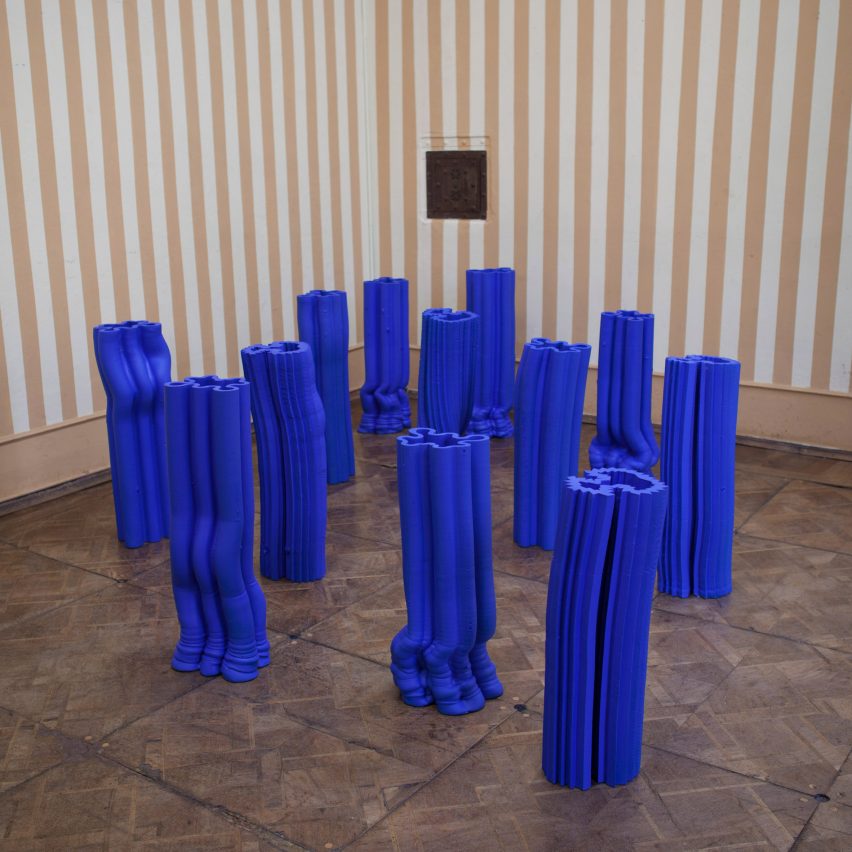
Anton Alvarez
Swedish-Chilean designer Anton Alvarez showed a series of tall vessels featuring the vibrant blue tone favoured by artist Yves Klein.
Installed in a Milanese palazzo during Milan design week, the 12 vases are made from extruded clay. The pieces are made by pushing clay through a three-tonne ceramic press that Alvarez constructed himself, called The Extruder
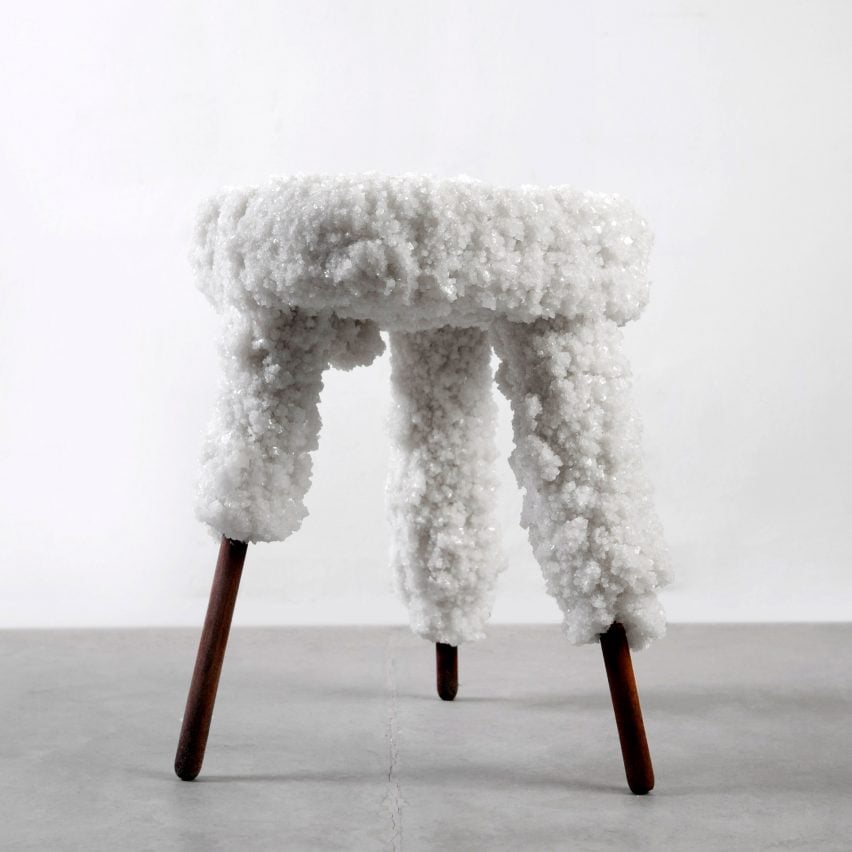
Erez Nevi Pana
Israeli designer Erez Nevi Pana is aiming to push veganism to the design industry through his work.
His exhibition space during Milan design week was divided into five "mountains" that each presented a different experiment with vegan design – including salt, soil, clay, textile and trash.
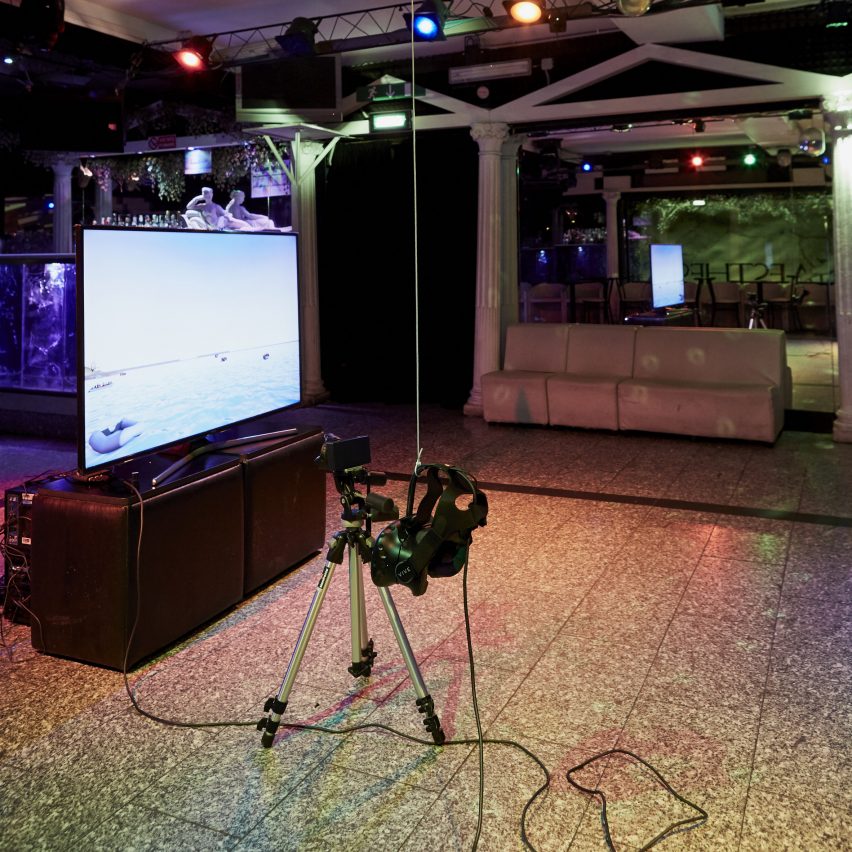
Donghwan Kam
Donghwan Kam was part of this year's Design Academy Eindhoven exhibition, which saw the university's students make small interventions in shops, butchers and newsagents on a Milanese street.
Kam's project was set inside the Anaesthesia nightclub, where he used virtual reality to look back at iconic moments of contemporary mass media.
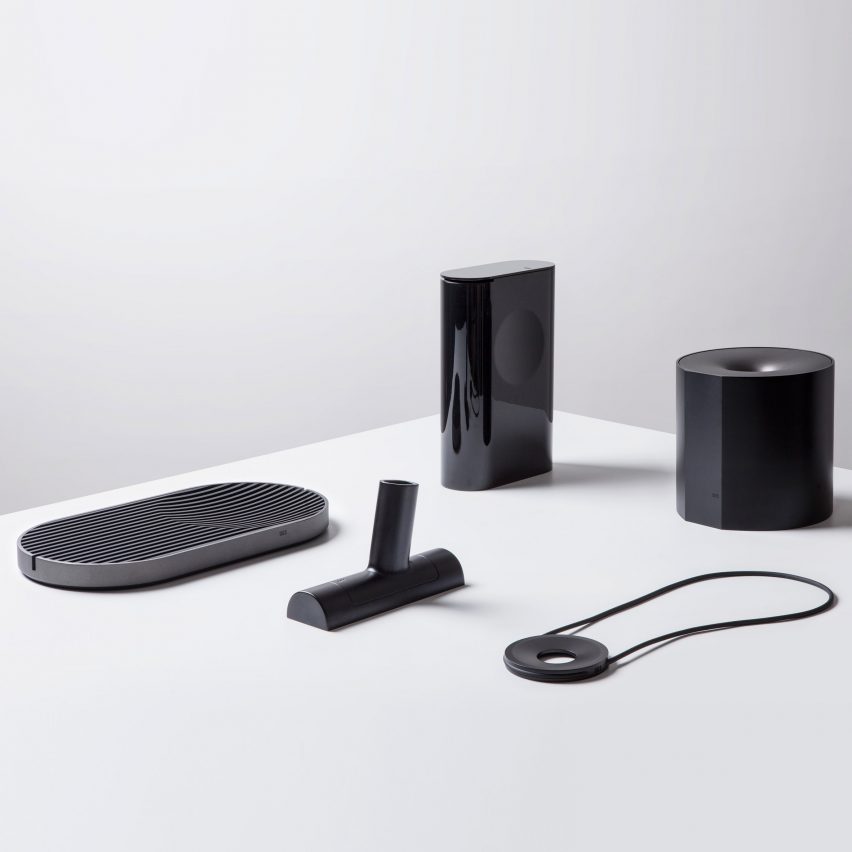
Lausanne-based Panter & Tourron launched its Holy collection at Spazio Rossana Orlandi.
Comprising five objects, including an amulet, a shiny ritual carafe and a black urn, the collection explores the link between ancient religious symbols and cutting-edge technology. In order to make them appear as contemporary devices, each artefact was crafted from modern-looking materials like aluminium and polymer.